Fine art printing: from printer and paper to editions and authenticity
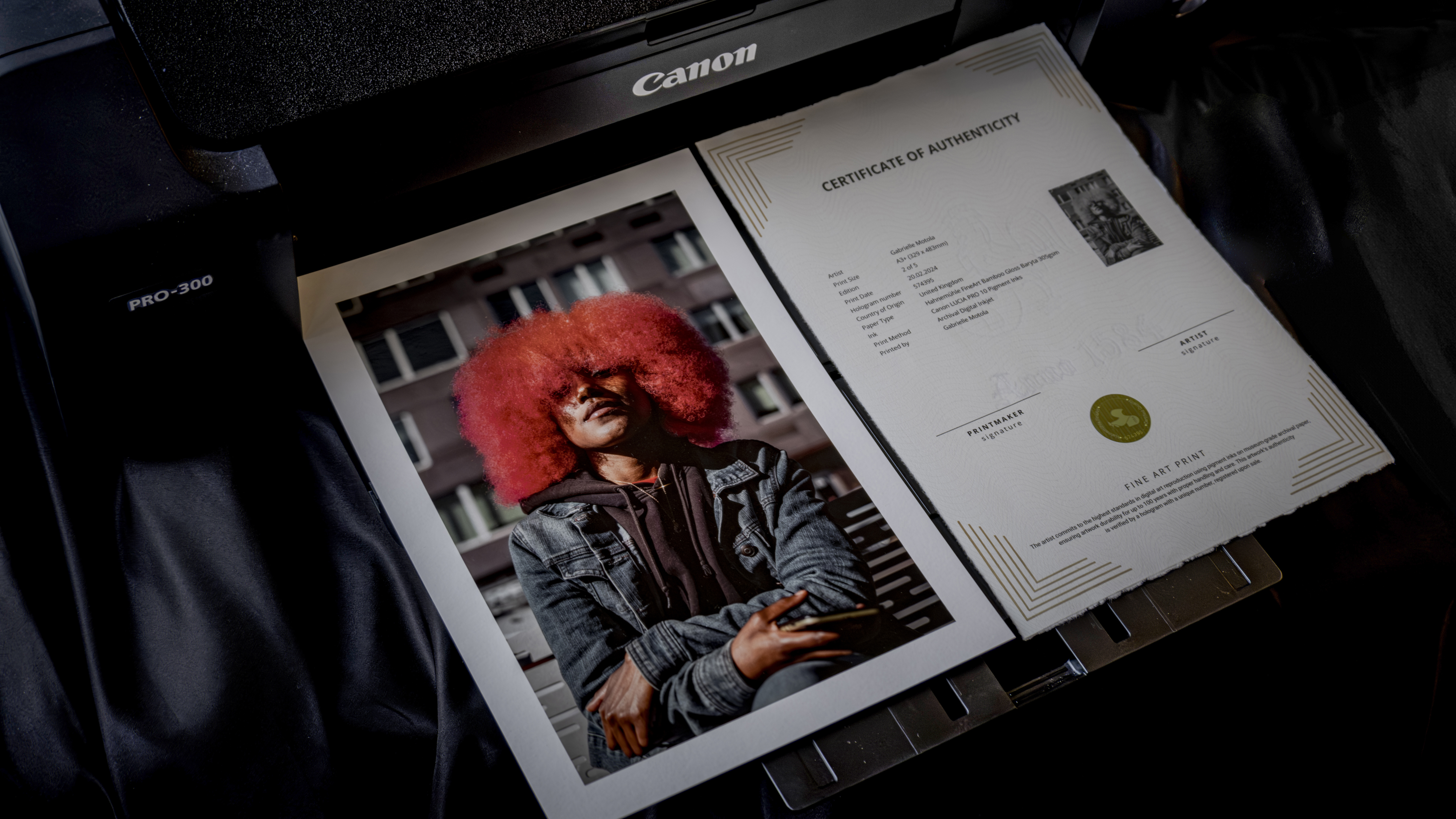
The act of producing prints in today's digital era represents a significant, tangible shift back towards the physical, offering a profound counterpoint to the transient nature of digital consumption. The interest in physical prints is not merely a nod to nostalgia but a deeper acknowledgment of the human need to interact with art in a more sensory, engaging way.
Holding a photograph in hand, feeling the texture of the paper, and experiencing the depth of color that a well-crafted physical print can provide enriches the viewer's experience, offering a connection that is both more memorable and impactful. This tactile interaction engages more of our senses, deepening our emotional response and aiding in the retention of the art's essence and message.
Gabrielle's choice to use premium papers from Hahnemühle and to incorporate limited editions and authentication measures underscores her dedication to quality and authenticity.
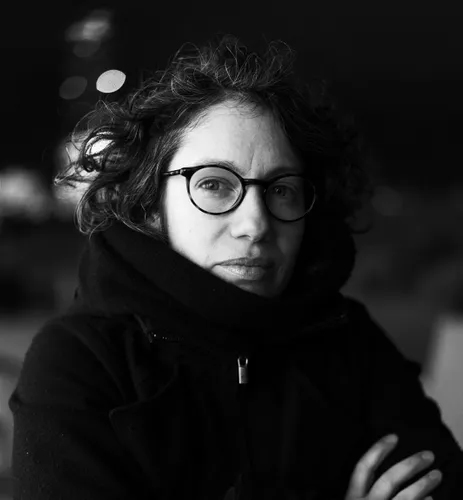
An accomplished portrait and social documentary photographer, Gabrielle began her career in the traditional darkroom environment with the alchemy of developing film. Her work, renowned for its emotional impact and human connection, evolves to seamlessly blend digital innovation with the essence of traditional craftsmanship. Her journey from the tactile intricacies of darkroom photography to the expansive potential of digital printing illustrates her adaptive approach to the ever-evolving technical (p)art of photography.
Embracing Hahnemühle Digital Fine Art papers
Gabrielle's philosophy – "Just choose. It doesn’t matter. There will be another choice" – encapsulates the myriad technical decisions photographers face in their artistic journey.
This mindset alleviates the overwhelming number of choices, from selecting a printer – such as the Canon ImagePROGRAF PRO 300 – to choosing a paper from Hahnemühle’s Digital Fine Art series. Gabrielle's preference for Canon, coupled with her methodical exploration of Hahnemühle’s paper varieties, exemplifies her thoughtful approach to capturing the essence of her relationship with her subjects.
It's a testament to how facing the technical challenges of photography with an open and exploratory mindset can transform potential choice paralysis into an empowering journey of artistic discovery.
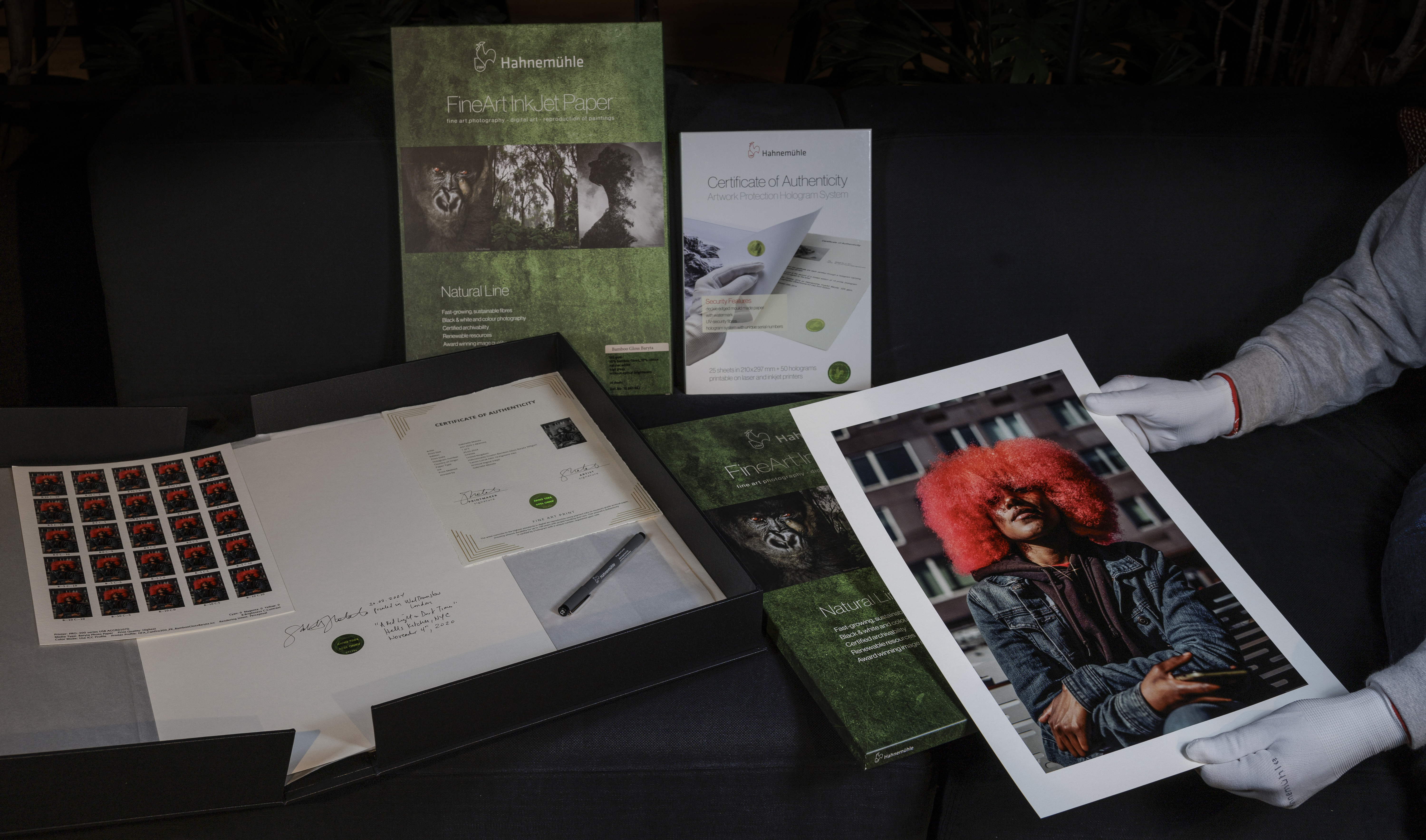
A paper to best serve your image
With emotion as the cornerstone of Gabrielle’s photography, each decision is made to enhance the emotional impact of her work. Embracing the diversity within Hahnemühle's range of Digital Fine Art Papers, Gabrielle embarked on a quest to find the "best" paper for her photography.
During the proofing process, Gabrielle printed her image A Red Light in Dark Times on ten different Hahnemühle papers, including selections from the Natural Line, the Fine Art Gloss Line, the new Baryta papers as well as several of the brand's revered varieties. Every paper produced a beautiful result, but the new Bamboo Gloss Baryta 305gsm paper stood out, bringing the photograph to life with a vibrant, almost three-dimensional quality.
With its warm tones, substantial feel, and textured gloss finish that diffuses shine, it enabled Gabrielle to immerse herself in the subject without distraction. The paper's texture interacted with the details of the image – the hair, the jacket, the wall – adding a new dimension that was absent in the Fine Art Pearl, which she found too cool, making the blues and magentas in the image overly pronounced. This marked a significant shift from her previous preference for Fine Art Pearl (285gsm), admired for its sharp detail, subtly pearlescent finish, and pleasing weight.
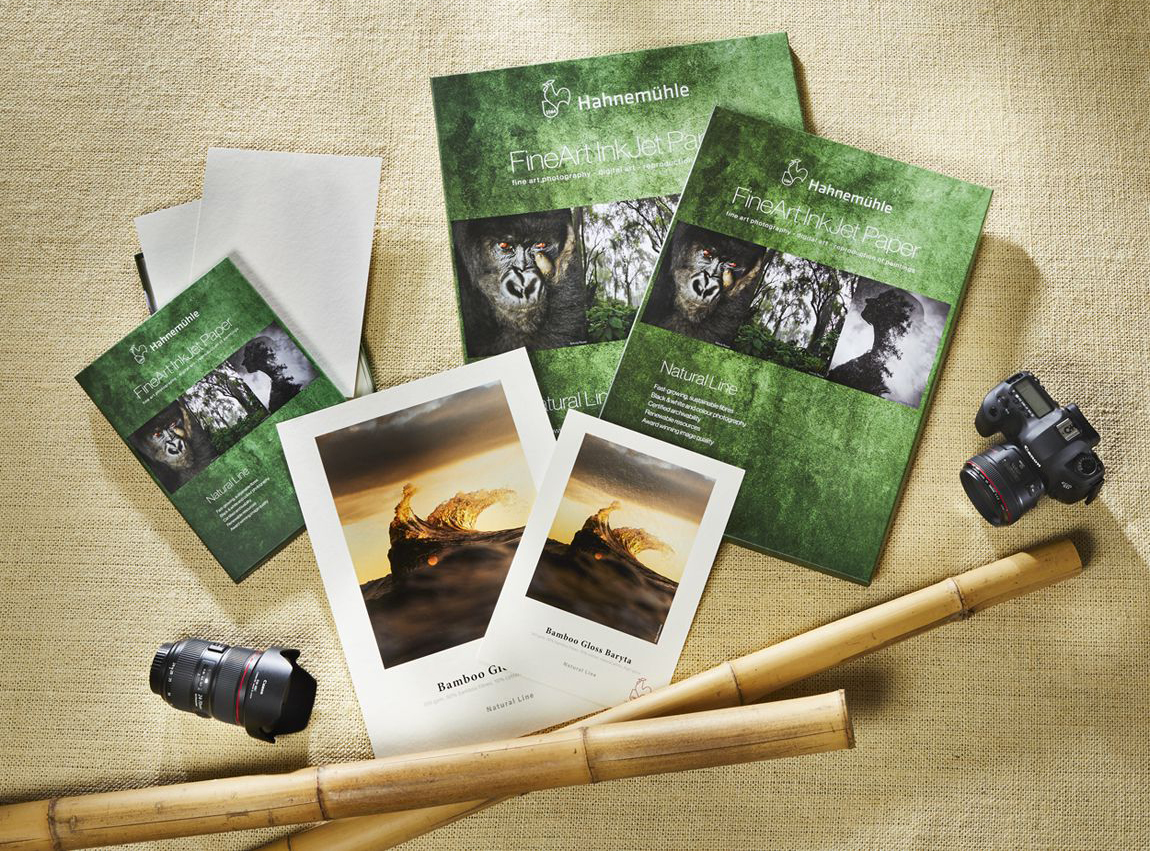
By contrast, the warm base of the Bamboo paper infused the image with a softness akin to the natural way our eyes perceive the world, avoiding the overly sharp, artificial feel common in digital reproductions and striking a balance that brought a genuine, lifelike quality to the photograph, all thanks to the paper's subtly nuanced texture and finish.
Driven by curiosity, Gabrielle also tested the Photo Rag Metallic 340 gsm paper. Despite its incredible qualities, she found its finish too distracting for the chosen image. However, it inspired her to print a different image on it – a black-and-white infrared photograph that was beautifully complemented by the metallic finish.
This journey illuminated a pivotal truth: the idea of a single "best" paper for all images is a fallacy. Each photograph requires a mindful approach, with various papers accentuating distinct qualities based on the image's content, the subject's nuances, and the desired outcome. This underscores the concept that the selection of paper is fundamentally about enhancing the individual qualities of the image and subject, not a one-size-fits-all solution.
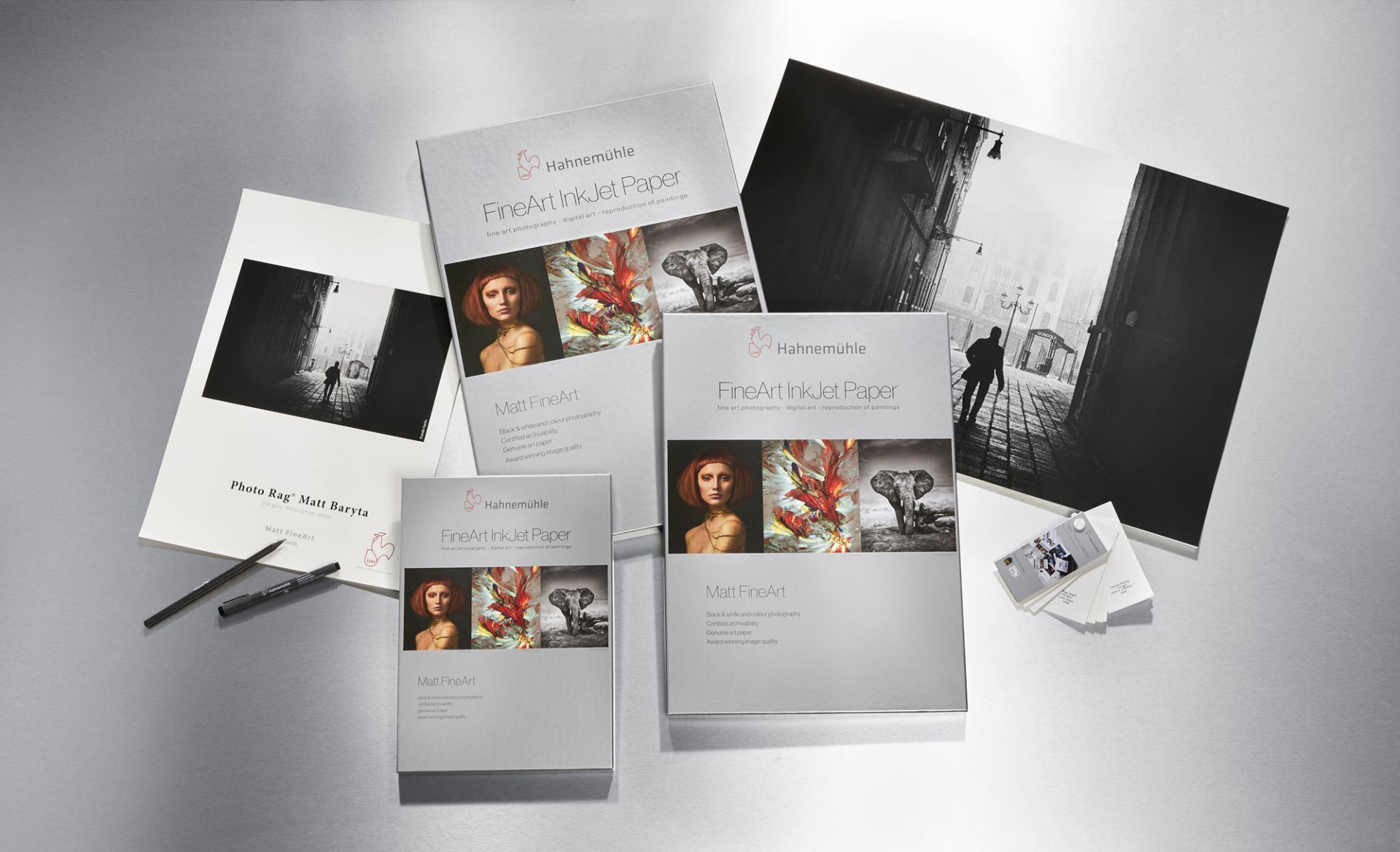
Navigating editions and authenticity
In navigating the fine art printing landscape, she considered the nuances of paper selection. She was equally thoughtful about how her photographs are shared and collected in the world. This consideration naturally extends into the realm of editions – where the physicality of the print meets the broader art market and collector community. Here, choices between open and limited editions embody a blend of technical judgment and a deeper philosophy on art's authenticity, value, and accessibility.
Open-edition prints, perceived as more accessible by some, face challenges in distinguishing themselves from unauthorized copies, particularly when not produced or reviewed by the photographer before distribution. Moreover, the unrestricted availability of open editions can dilute the perceived value of the image due to an increase in circulation.
This offers a counterpoint to the rising trend of print-on-demand, which offers an allure of effortless sales promised by a hands-off streamlined sales process. Currently, these on-demand systems, by their very nature, lack an artist review process before distribution. Thus, prints made in this way have nothing to authenticate them as the artist's own work.
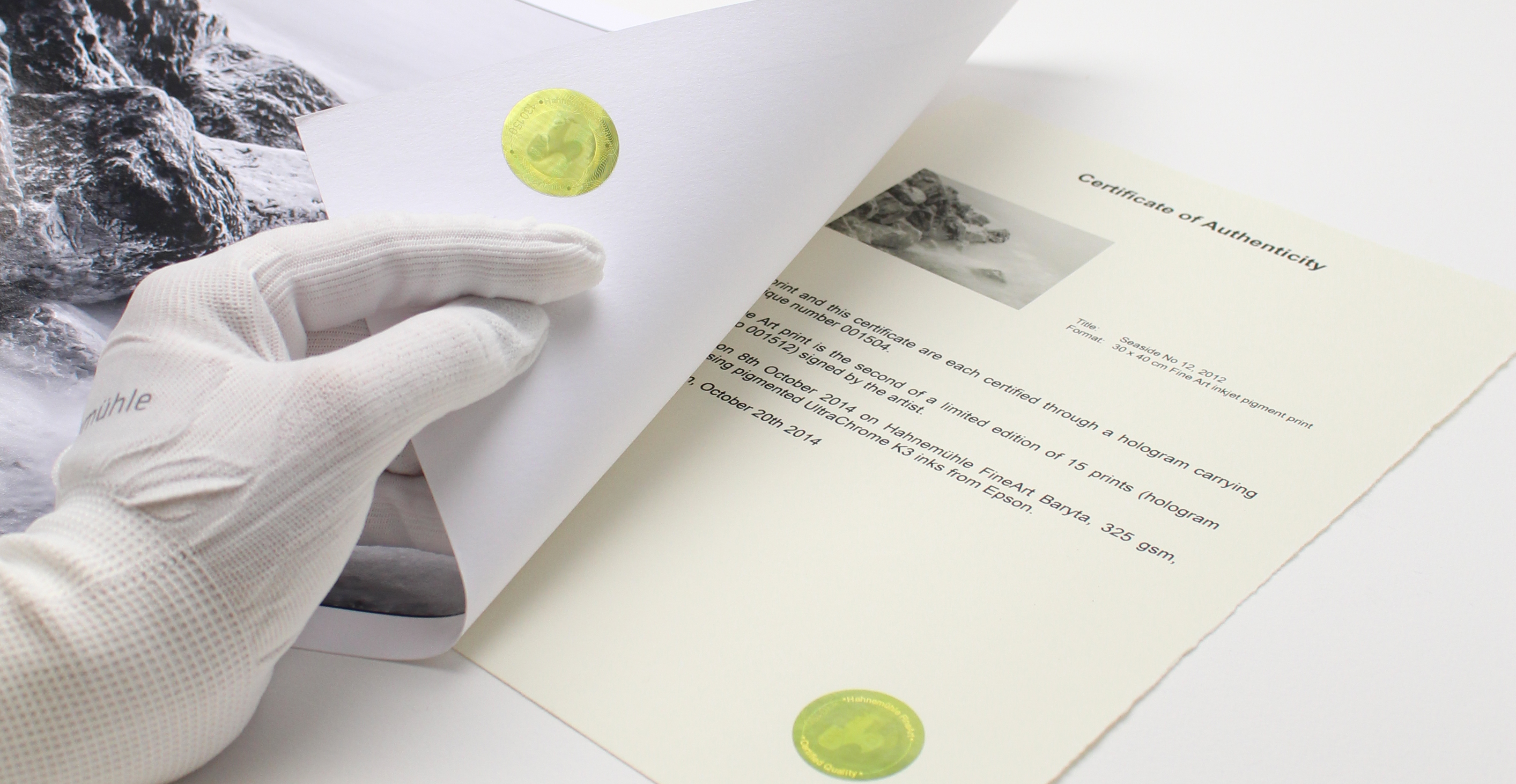
Without these identifiers, high-quality prints on premium papers like Hahnemühle's risk being conflated with high-end unauthorized reproductions, highlighting the importance of production transparency and the integrity of the photographer’s brand in the art market.
If one wishes to address this issue, the application of a distinctive marker of authenticity, in this case, a simple analog stamp, reaffirms the value of personal involvement and authenticity. However, this would disrupt the pipeline.
In contrast, limited editions authenticated through Certificates of Authenticity (COA), Hahnemühle's hologram system, and My Art Registry database offer a more secure strategy for presenting genuine work. This approach underscores exclusivity and authenticity, marking each limited edition print as unmistakably genuine and safeguarded against imitation.
It’s crucial to recognize the difficulty in completely preventing the illicit reproduction of images; however, applying a unique signature or mark to every piece, including open editions, ensures each print carries the creator's distinct touch, protecting its authenticity and value.
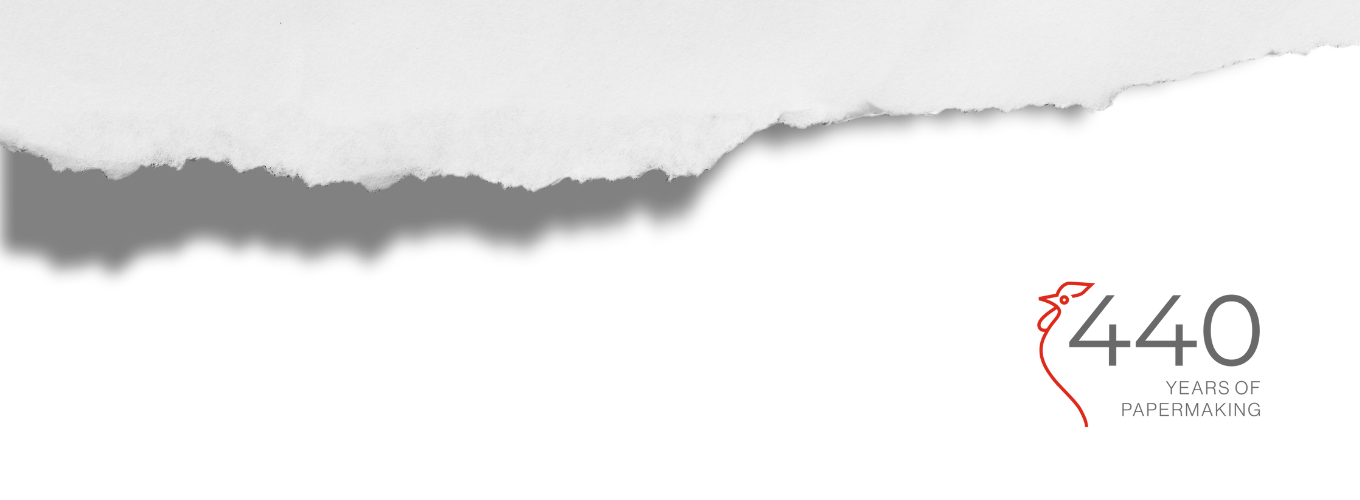
The differentiation between genuine and unauthorized prints largely depends on the photographer's involvement and the application of specific authenticity measures like stamps, embossing, signatures, and COA for limited editions. A shift towards secure authentication methods sets a standard for the responsible dissemination of genuine artistic work into the world with as much consideration as was invested in its creation.
Strategic choices between limited and open editions not only reflect Gabrielle’s commitment to authenticity but also highlight a broader industry trend towards balancing accessibility with exclusivity. In an era marked by digital proliferation, photographers like Gabrielle are navigating the fine line between making their art accessible to a wider audience while maintaining its exclusivity and value.
Gabrielle will be speaking at The Photography & Video Show at Birmingham's NEC on Sunday March 17 at 11.15am on the Photo Studio Stage. In her session, Bringing Portraits to Life in Print, she will guide attendees through her process, illustrating how different papers can distinctly amplify the emotional and visual impact of photographs. It's a journey not about right or wrong choices but about discovering a paper that best serves your image.
Get the Digital Camera World Newsletter
The best camera deals, reviews, product advice, and unmissable photography news, direct to your inbox!
Digital Camera World is one of the leading authorities on camera and photography news, reviews, techniques, tutorials, comparisons, deals and industry analysis. The site doesn't just specialize in cameras, but all aspects of photography, videography and imaging – including camera phones, gimbals, lenses, lighting, editing software, filters, tripods, laptops, printers, photo books, desks, binoculars and more.
Whether you're using, looking to buy or trying to get the most out of a compact camera, action camera, camera drone, cinema camera, beginner camera or professional camera, Digital Camera World has a roster of experts with combined experience of over 100 years when it comes to cameras, photography and imaging.

